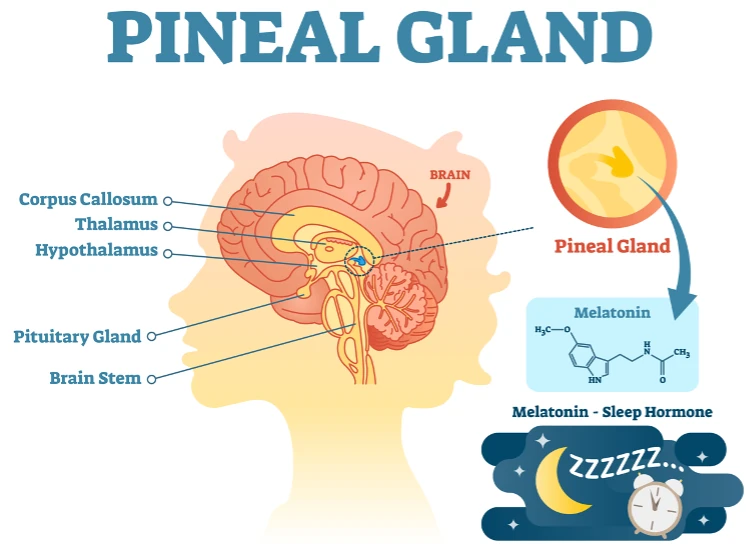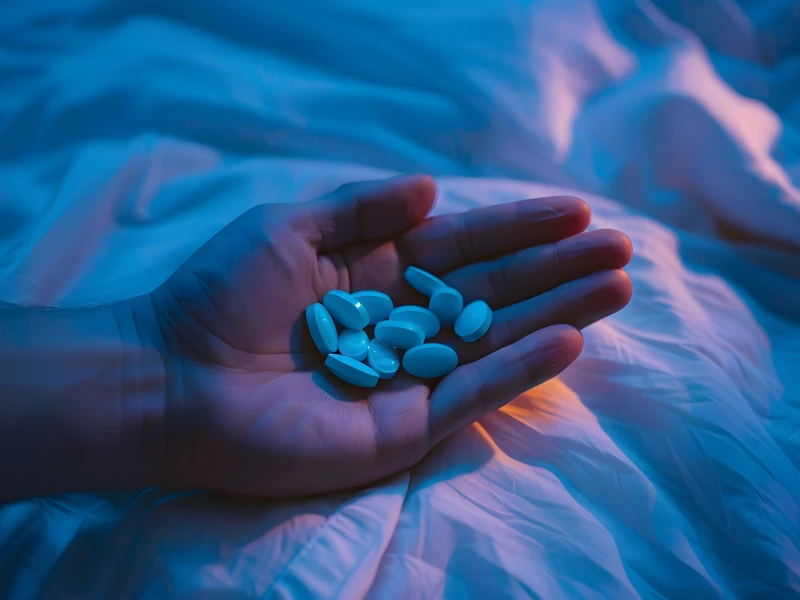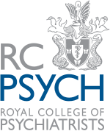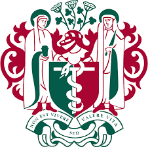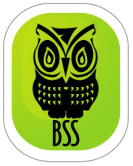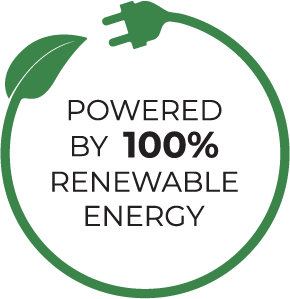In a previous post we mentioned the suprachiasmatic nucleus (SCN). In this post we will shed some light on this tiny but important region of the brain.
Where is the suprachiasmatic nucleus?
Unlike the pineal gland, of which there is only one, the suprachiasmatic nucleus is actually a pair of nuclei (one on each side of the brain) found in a region called the hypothalamus. Optic nerves travel from behind our eyes to the brain. These nerves cross over, and the point where they cross is called the optic chiasm:

The suprachiasmatic nucleus is located directly above, or superior to the optic chiasm, which explains its name suprachiasmatic nucleus.
The following cross section diagram of the brain shows the location of the suprachiasmatic nucleus (highlighted in green) relative to adjacent structures:
How small is the suprachiasmatic nucleus?
Each side of the 2 sides of the suprachiasmatic nucleus contains ~10,000 neurons (specialised nerve cells), making up 20,000 neurons in total. It is extremely small, only ~2mm in size1.
What is the structure of the suprachiasmatic nucleus?
The suprachiasmatic nucleus is subdivided into 2 regions, a “core” region which runs along the optic chiasm, and receives signals from the retina. There is also a “shell region” which partially covers and receives input from the core region2.
The “core” region contains cells that release vasoactive intestinal peptide (VIP) and gastrin-releasing peptide (GRP). The “shell” region contains cells that release arginine vasopressin (AVP). VIP, GRP, and AVP are neuropeptides that are important to maintaining circadian rhythm3.
Why is it important?
The suprachiasmatic nucleus is known as the master biological clock, and it is the central pacemaker of the circadian timing system and regulates most circadian rhythms in the body4.
Researchers discovered that destruction of the suprachiasmatic nucleus in rodents causes them to lose their circadian rhythm, so they no longer have a regular sleep-wake cycle5.
After the suprachiasmatic nucleus was discovered, researchers also found that similar molecular clocks exist in other parts of the body. These peripheral clocks became known as slave oscillators, while the suprachiasmatic nucleus is considered the master oscillator. The slave oscillators seem to depend on signals from the suprachiasmatic nucleus to synchronise their time-keeping with that of the suprachiasmatic nucleus6.
References:
1. Vimal RL, Pandey-Vimal MU, Vimal LS, Frederick BB, Stopa EG, Renshaw PF, Vimal SP, Harper DG. Activation of suprachiasmatic nuclei and primary visual cortex depends upon time of day. Eur J Neurosci. 2009 Jan;29(2):399-410. doi: 10.1111/j.1460-9568.2008.06582.x. PMID: 19200242.
2. Abrahamson EE, Moore RY. Suprachiasmatic nucleus in the mouse: retinal innervation, intrinsic organization and efferent projections. Brain Res. 2001;916:172–91.
3. Varadarajan S, Tajiri M, Jain R, Holt R, Ahmed Q, LeSauter J, Silver R. Connectome of the Suprachiasmatic Nucleus: New Evidence of the Core-Shell Relationship. eNeuro. 2018 Sep-Oct;5(5)
4. Ma MA, Morrison EH. Neuroanatomy, Nucleus Suprachiasmatic. [Updated 2022 Jul 25]. In: StatPearls [Internet]. Treasure Island (FL): StatPearls Publishing; 2022 Jan-. Available from: https://www.ncbi.nlm.nih.gov/books/NBK546664/
5. Weaver DR. The suprachiasmatic nucleus: a 25-year retrospective. J Biol Rhythms. 1998 Apr;13(2):100-12. doi: 10.1177/074873098128999952. PMID: 9554572.
6. Dibner C, Schibler U, Albrecht U. The mammalian circadian timing system: organization and coordination of central and peripheral clocks. Annu Rev Physiol. 2010;72:517-49. doi: 10.1146/annurev-physiol-021909-135821. PMID: 20148687.

